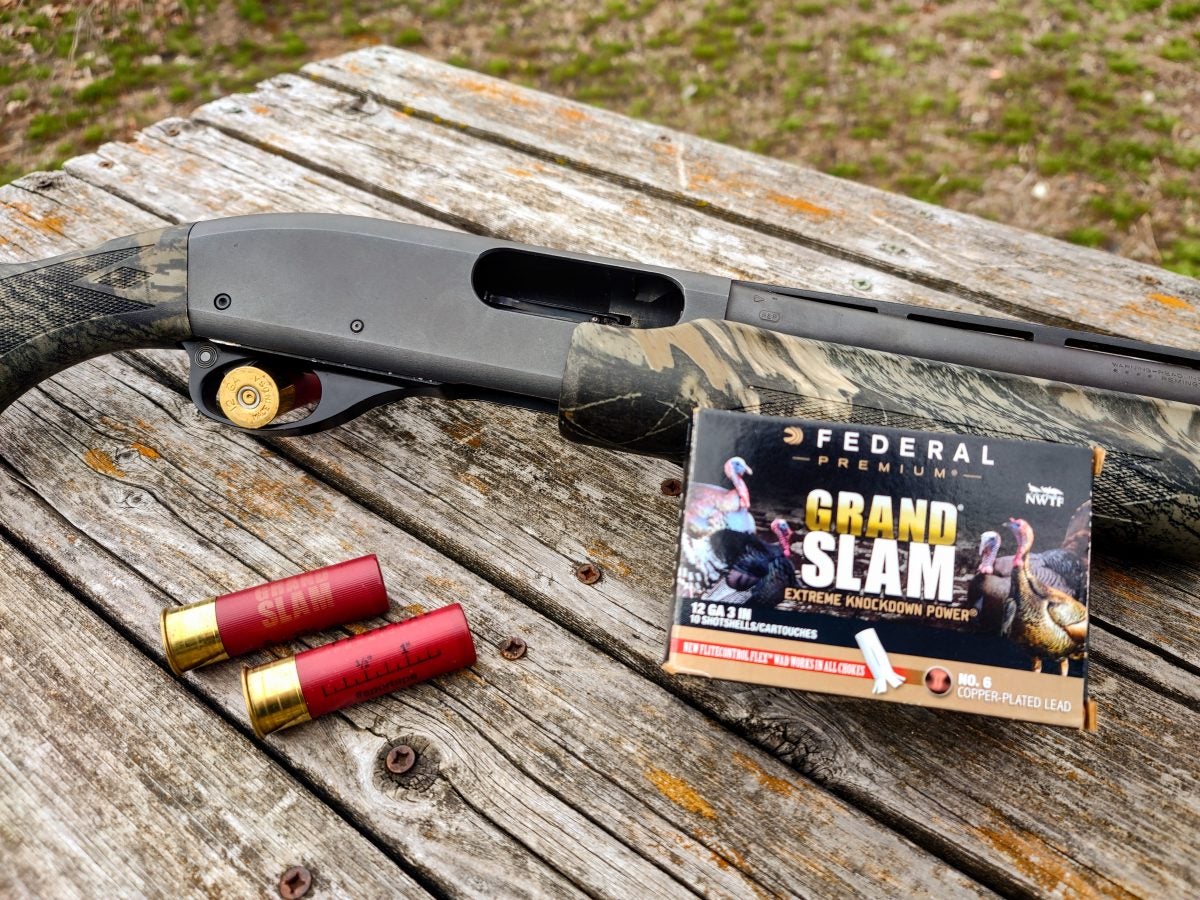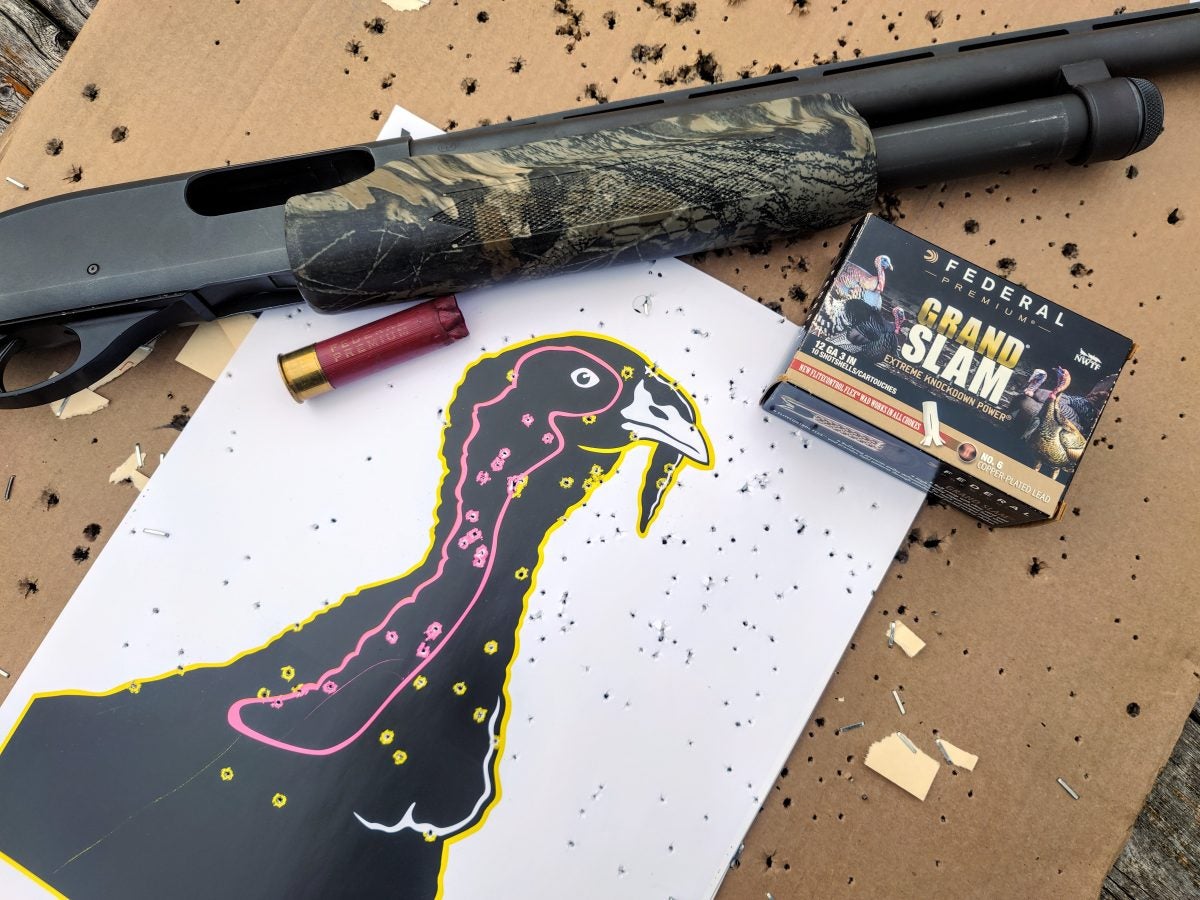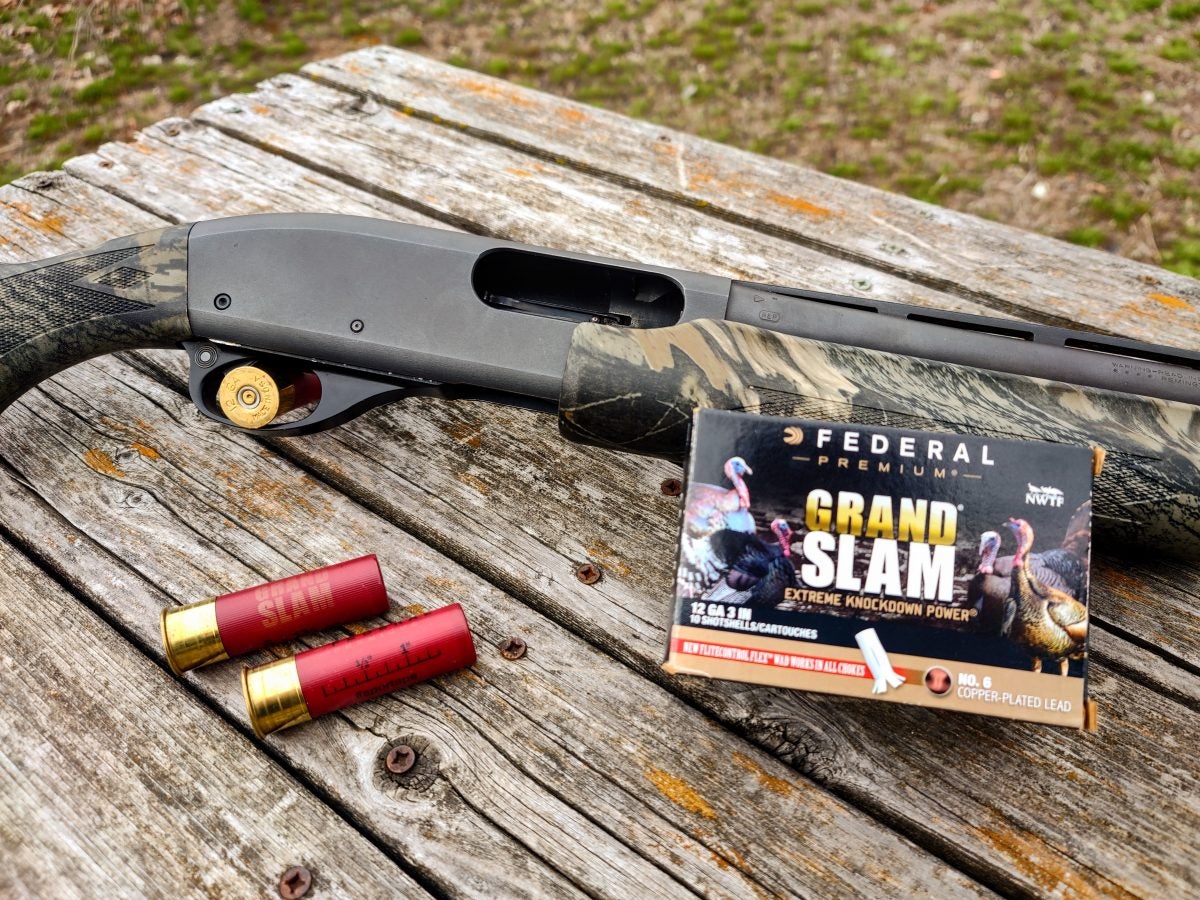Sighting-In and Patterning your Turkey Shotgun this Spring
Adam Scepaniak 05.26.21

Many hunters and huntresses are elated to remove themselves from the winter confines of their homes and finally get out hunting turkeys in the spring. It is not only a beautiful opportunity to watch the seasons change over from melting snow to blossoming tree buds, but for those who have participated in the field-to-fork mindset, turkey is absolutely delicious!
One important aspect of preparing for spring turkey season is sighting-in/patterning your shotgun properly. If taken seriously, this pre-hunt process can ensure a more humane harvest as well as more successfully filled tags. Let’s examine the different elements you should consider when sighting-in/patterning your turkey shotgun.
Selecting an Appropriate Choke Tube
Most people who trek out into nature understand that you want to have the tightest constriction choke tube possible for your shotgun; typically a Full choke. Sometimes, depending on the level of confidence you have in your shooting ability and your ammunition, you might want to invest in choke tubes that constrict even tighter. Many aftermarket choke tube manufacturers offer Extra Full, Super Full, and other buzzword-based names that constrict your shotshell’s payload to even tighter patterns than a traditional Full choke tube will. In the end, regardless of the choke tube you select, it should be something that tightens your pattern to make ethical and precise shots on a turkey’s head while hunting.
Patterning the Ammunition You Shoot
A lot of people understand you should pattern your shotgun to know it is accurate, but patterning your shotgun is only one part of a two-fold question – you actually need to pattern your ammunition as well. What is meant by this?… Yes, it is vital to know how your shotgun patterns in general. Does it shoot low? High? Do you need to adjust your sights a bit?
Something that is important though is to shoot the actual ammunition – while sighting in – that you will use while hunting. Some people use cheaper ammunition to pattern their shotguns for the obvious cost savings, but fail to then paper even one round of their actual hunting shells. Be sure to pattern both so you authentically know and are sure of your shot placement when the time comes.
What is an Acceptable Spread?
An acceptable spread of your shot or payload depends on a lot of factors. How far are you comfortable shooting? How much does your pattern open up over “X” amount of yards? Can you consciously, in your mind, make a humane kill of a turkey at “X” amount of yards 99.99% of the time? While we are all hunters and huntresses of the outdoors, we are also stewards of our own sport. We should never become so enamored with a longbeard that we begin to take unethical or unadvisable shots. Not only will it paint all of us hunters in a bad light if all we did is hurt turkeys, but it also sets a bad example for the next generation of hunters coming up.
What are Appropriate Distances to Shoot?
For some hunters, they are willing to shoot a turkey at extreme distances like 60 or even 70 yards. Ammunition, firearms, and the sights we can legally use have come a long ways over the past decade, but you should not only be certain in your gear; also yourself. Be sure to practice out to those distances before you pull the trigger on a turkey that far away. Pattern your gun that far to know you can make the shot so when they time comes it is more a well executed plan than a Hail Mary prayer down field.
For myself personally, I am only confident in shooting turkeys out to roughly 40 yards – that’s it. Some people might think that is kind of weak to not want to shoot further, but I understand how well (or maybe I understand the shortcomings) of the old shotgun I take hunting. Also, I use more “middle of the road” ammunition that is affordable. I don’t buy the $5 per shell ammunition. So, understanding my personal shotgun, ammo, and how it patterns, I know exactly to what distance I am comfortable shooting.
As many of us hunters are beginning to get into the full swing of the spring turkey hunting season, these are simply some valuable pointers to keep in mind when it comes to the preparation before getting out into the field. We want to know that our gear is in line as well as ourselves when it comes to being accurate and placing an effective, humane shot on a potentially trophy turkey. This could either be one with the best spurs and beard you have ever harvested, or simply putting a wild butterball in the freezer for delicious eating later. As always, let us know all of your thoughts in the Comments below! We always appreciate your feedback.

